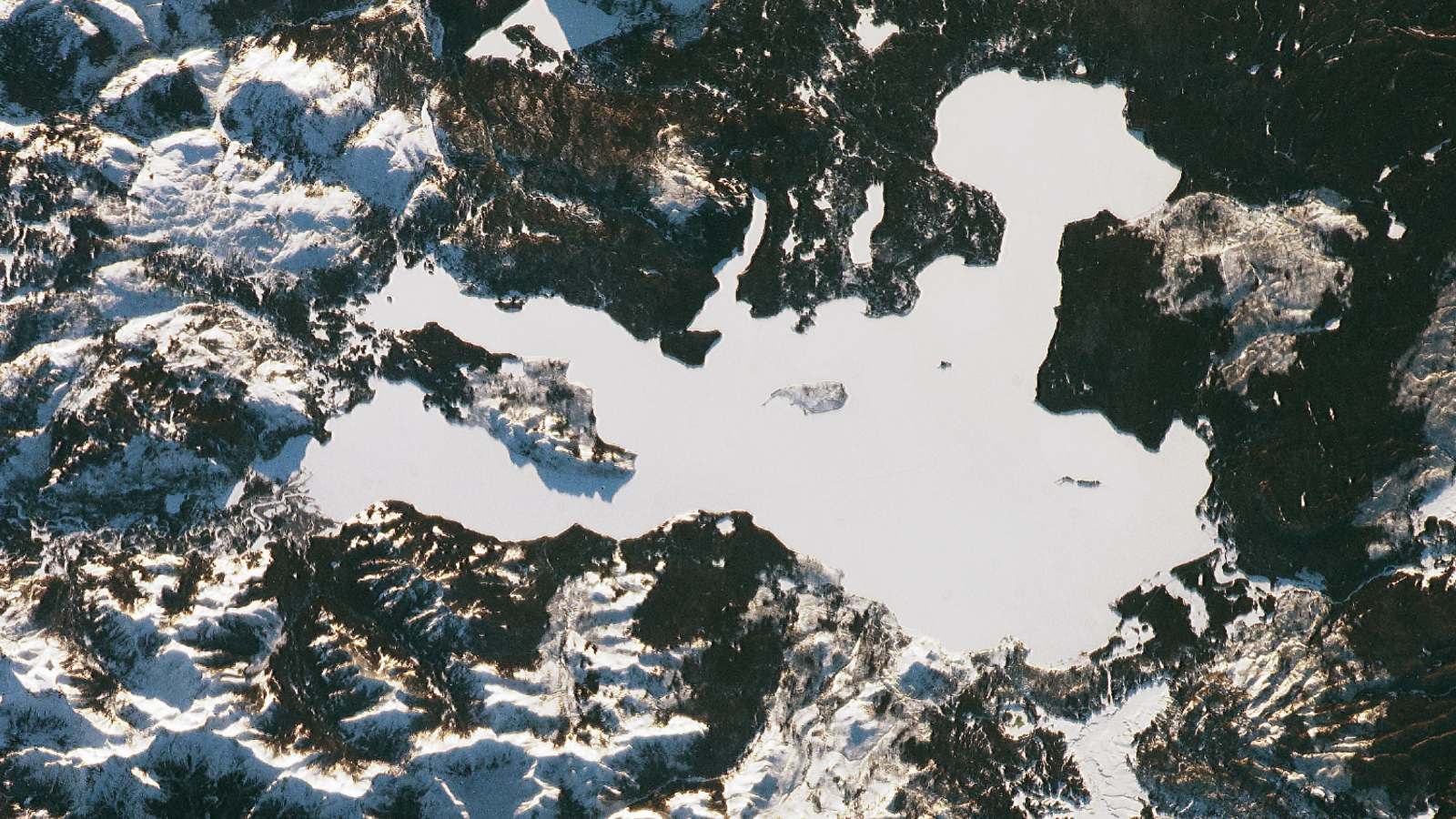supernova
Latest about supernova
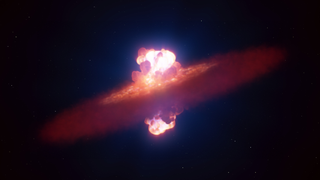
Scientists map the shape of a supernova for the first time ever: Space photo of the week
By Shreejaya Karantha published
Astronomers using data from the Very Large Telescope (VLT) have revealed that the initial "breakout" phase of a supernova is elongated, not perfectly spherical.
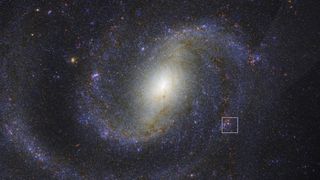
Hidden 'doomed' star revealed by James Webb Space Telescope could solve decades-old mystery
By Patrick Pester published
Researchers have identified a massive red supergiant on the brink of supernova in images from the James Webb Space Telescope, shedding light on a decades-old star mystery.
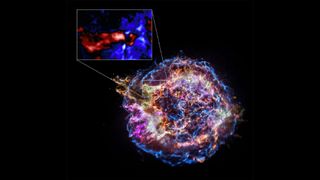
Scientists find 'something extraordinary' in famous supernova's troubled heart
By Evan Gough published
Scientists using the Chandra X-ray telescope have uncovered new details about the famous supernova remnant Cassiopeia A.
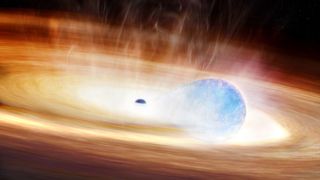
Spotify-like AI helps discover never-before-seen supernova as greedy star attempts to eat a black hole
By Elizabeth Howell published
With help from AI, astronomers have spotted a never-before-seen kind of supernova that seems to have been blowing up just as it was trying to gobble down a black hole.
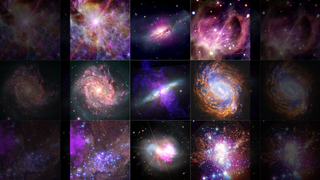
NASA unveils 9 stunning snapshots of the cosmos in X-ray vision: Space photo of the week
By Jamie Carter published
Scientists have released nine dazzling images from NASA's Chandra X-ray Observatory, blending data with the Hubble and James Webb space telescopes to reveal black holes, star clusters and distant galaxies like never before.
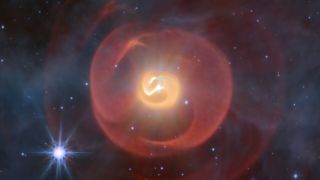
James Webb telescope spies 2 dying stars spilling their guts
By Ben Turner published
Captured in infrared light by the James Webb Space Telescope, the peculiar star system Apep consists of two dying stars spewing their innards at each other.
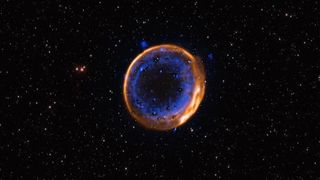
First-ever evidence of star 'double detonation' captured in stunning image
By Ben Turner published
An explosion captured in a new image could help astronomers to better understand the "standard candles" at the center of a major cosmological mystery.
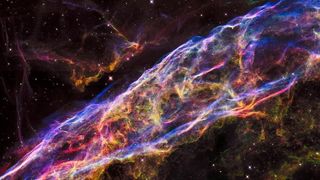
Where do atoms come from? A physicist explains.
By Stephen L. Levy published
Almost everything on Earth is made up of atoms, but where do these fundamental building blocks come from?
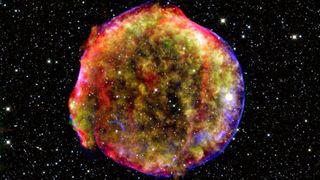
Scientists discover most powerful particle collider in the universe
By Paul Sutter published
Scientists may have discovered the most powerful particle colliders in the universe — and they're strewn throughout our galaxy just waiting to blow.
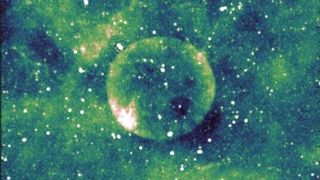
Astronomers spy puzzlingly 'perfect' cosmic orb with unknown size and location
By Harry Baker published
New radio images reveal an unusually faint and symmetrical supernova remnant, nicknamed Telios, lurking just below the galactic plane of the Milky Way. However, they cannot tell exactly where it is, how big it is or how it formed.
Get the world’s most fascinating discoveries delivered straight to your inbox.


